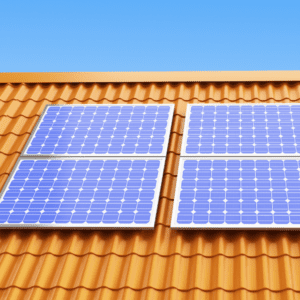
Installing Solar on Metal Roofs in Brevard County
Metal roofs are the perfect platform for solar panels if installed correctly.
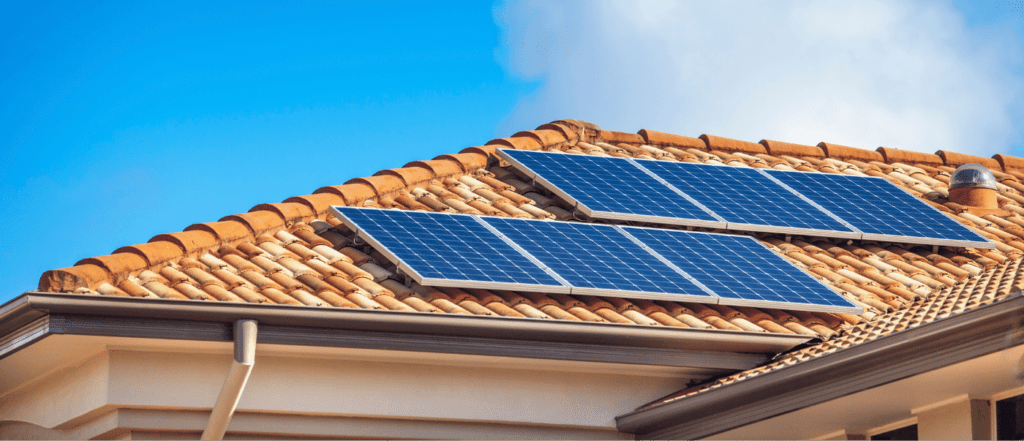
One of the statements we hear sometimes locally when we talk to our potential Brevard County, Florida solar customers is “Solar power sounds great but what happens at the end of it’s life?”
Well, solar panels are pretty remarkable when it comes to recycling, with 90% to 97% of their materials being recyclable and repurposable when they reach the end of their life cycle.
Not only are solar panels recyclable, but our solar panels that we install all over the Space Coast in places like Melbourne, Palm Bay, Vero Beach, Cocoa get a 25 year warranty.
Comprising aluminum, copper, and glass, these components can be reused in various applications, including the production of new solar panels. The Solar Energy Industries Association (SEIA) launched the National PV Recycling Program in 2016, offering a directory of solar panel recyclers across the United States, ensuring responsible disposal.
Solar panels are a sustainable energy source with a long-lasting impact. They produce electricity for decades without emitting carbon emissions. Their modular design enables efficient recycling at the end of their service life, unlike fossil fuel-based power plants that generate significant emissions throughout their operational lifespan.
Notably, many solar panels from the 1980s are still operational today. Thanks to their lack of moving parts, they are highly durable, and reputable solar brands now provide warranties exceeding 20 years. In fact, some 40-year-old solar panels still maintain 80% or more efficiency, demonstrating their longevity and reliability.
As technology advances, our modern solar panels have offered even greater efficiency and durability.
Even though Florida has it’s challenges with hurricanes and insurance, over the past decade, the solar industry in the United States has witnessed a remarkable 167% increase in employment opportunities. This growth encompasses a wide range of roles, from manufacturing and installation to sales, with over 255,000 individuals now working in the solar sector. The rate of job creation in the solar industry is five times faster than the national average job growth rate.
The U.S. Bureau of Labor Statistics anticipates a 27% growth rate for “solar photovoltaic installers” between 2021 and 2031, making it one of the fastest-growing occupations in the country.
When you support local solar companies in Brevard County you are supporting one of the last well paid local industries in our country.
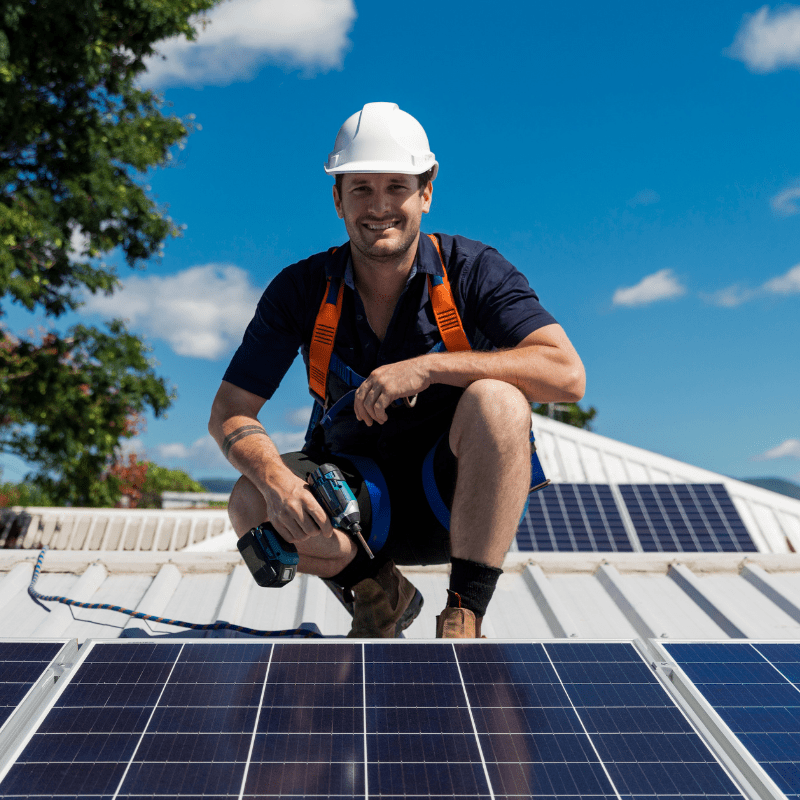
The potential of solar energy is vast especially in sunny Florida. According to the U.S. Department of Energy, an area equivalent to 22,000 square miles (approximately the size of Lake Michigan) covered in solar panels could supply the entire nation with electricity.
While this is a remarkable figure, distributed solar generation, such as rooftop solar, is often more efficient due to reduced energy loss during transmission and distribution.
The Energy Information Administration (EIA) predicts that by 2050, U.S. households will require 2,000 billion kilowatt-hours (kWh) of energy.
Solar power is poised to play a significant role in meeting this growing demand. We need more home in the Central East Coast of Florida to take advantage of solar power, it’s the smartest way towards energy independence away from FPL.
Residential solar installations have experienced exponential growth in recent years in most areas. The SEIA’s quarterly reports confirm this trend, with the U.S. installing over 1,500 MW of capacity through home solar systems in a single quarter between June and September 2022. Forecasts indicate that home solar power will continue to expand by approximately 6,000 to 7,000 MW per year between 2023 and 2027.
A 5-kilowatt (kW) home solar system, under favorable sunshine conditions, can generate over 7,500 kWh annually, resulting in substantial cost savings. In states with high electricity rates and ample sunlight, payback periods of five years or less are possible.
Even under less ideal conditions, where payback periods may extend to eight to 10 years, high-quality solar panels offer a lifespan of over 25 years, ensuring a significant return on investment for homeowners.

Home battery storage and backup is a crucial element in the transition to 100% renewable energy. In our March 2023 survey of 1,000 homeowners who had adopted solar energy, 66% reported pairing an energy storage system with their solar panels. Solar batteries are becoming increasingly popular, with expectations of decreasing costs and improving technology in the coming years.
Brett Adams, a senior solar consultant at 8MSolar, predicts that solar batteries will become more affordable, leading to their widespread adoption in the next two to five years. This development will further solidify solar energy’s role in our sustainable future.
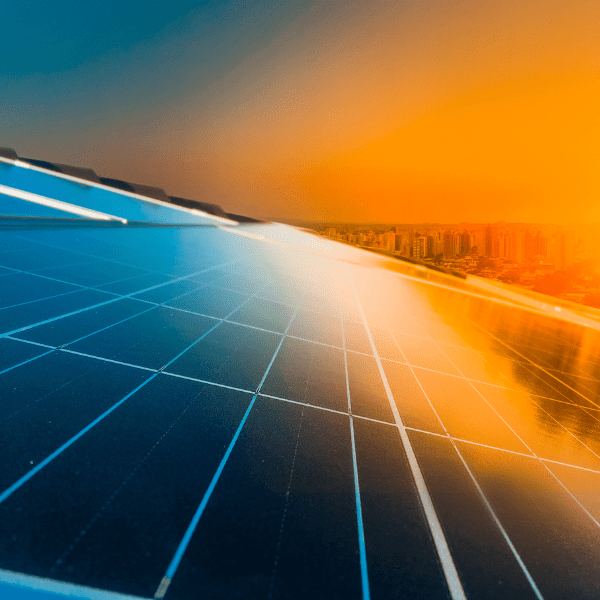

Metal roofs are the perfect platform for solar panels if installed correctly.
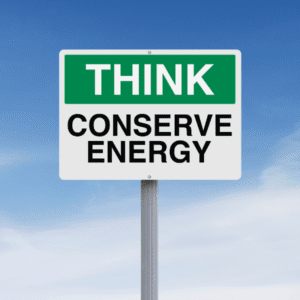
Discover the top tips and tricks for making your home energy efficient with this comprehensive guide. Start saving money and reducing your carbon footprint today!